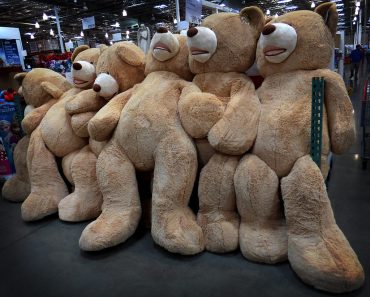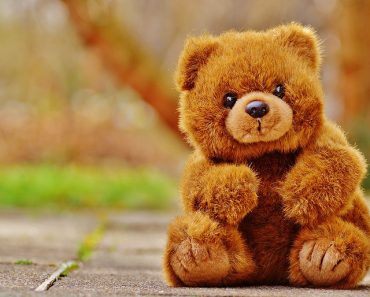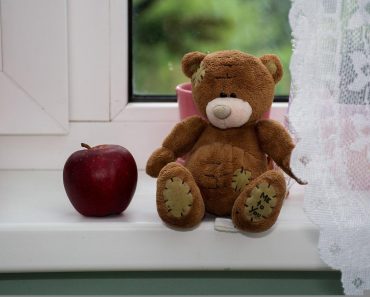Many customers want to know how to clean and care for their cherished toys. We provide a surface cleaning service, and have encountered even the most filthy of teddies before! You can also do a lot at home to clean and properly store your teddy bears. Cleaning and caring for your treasured antique or child’s favourite toy in the right way will extend its life considerably!

Teddy Bear Cleaning Tips
Please don’t wash your vintage teddy bear in the machine! Cleaning a mohair or sheepskin bear only requires surface cleaning. Washing machines can cause older delicate textiles to disintegrate. Wood wool may decay if the toy gets too wet, causing stains on the outside cloth. The colour of the stuffing can seep out and stain the outer cloth as well.
Surface Cleaning Soft Toys
- If you want to clean your teddy bear, we suggest a surface clean.
- The simplest approach to do this is with a carpet foam or mild shampoo and warm water.
- Keep your toy clean by rinsing it in clear water. Only a little bit of water should be wet – enough to loosen the filth.
- To remove dirt, use a toothbrush and a clean cloth to apply foam or suds. If the toy is really filthy, you may need to do this for many hours.
- Begin by softly brushing out your toy’s fur with a soft, large brush. To fluff up the fur, start with larger wire brushes. Brush slowly and carefully to avoid removing any fur.
Machine Washing Modern Soft Toys
- It’s possible to put a child’s stuffed animal into the washing machine, but the stuffing will clump together. It’s preferable to remove the stuffing and replace it after the toy has dried.
- To shield the toy and ensure sanitary washing, it should be wrapped in a pillowcase and washed on a mild cycle.
- You may also use warm water and mild soap to clean it.
Toys Stuffed with Foam
Teddies from the 1960s and 1970s may be filled with foam, which deteriorates with time and can work its way through to the surface as sticky dust. In these situations, a contemporary polyfill may be used instead of foam.

Care and Storage
- Cuddly toys are prone to damage from too much sunshine, extreme temperatures and humidities, and insects in the same way as any textiles. Keep these elements in mind when storing and displaying them.
- Dusted on a regular basis, teddy bears should be brushed gently or vacuumed with a stocking or other material covering the end of the cleaner.
- Soft toys should not be allowed to come into contact with pets. At the toy hospital, we see a lot of dog-related injuries!
- The ideal container for storing a teddy is a cardboard box and acid-free tissue paper. A basic cotton bag is also an excellent option. Long-term storage in plastic is not suggested.
Moth and Insect Infestation in Teddies
- If you’re storing your teddy, here are a few things you may do to keep moths away.
- Keep your toys in a dry and well-ventilated location. Moths are attracted to warm, dark, and humid places like attics and the backs of cupboards.
- Use cedar wood balls as a natural moth repellent.
- Look for the brown house moth (8mm long with bronze, black-flecked wings) and the general public clothes moth (6-7mm long with paler, beige wings).
- Learn how to identify moth eggs on your toys. They resemble sand in appearance.
- If your bear has been infested with moths or has moth eggs on it, it should be frozen for two weeks before being thoroughly cleaned.
- If your teddy bear has moth holes, you may want them fixed.
Doll Care and Cleaning
- You can use a soft cloth and cotton buds to clean your doll with dish soap or a special formula.
- Keep your hard-bodied doll in a well-ventilated area and out of direct sunlight. This is to assist prevent Sad Doll Disease.
- Fabric dolls and clothing are also susceptible to the same types of harm as soft toys.


